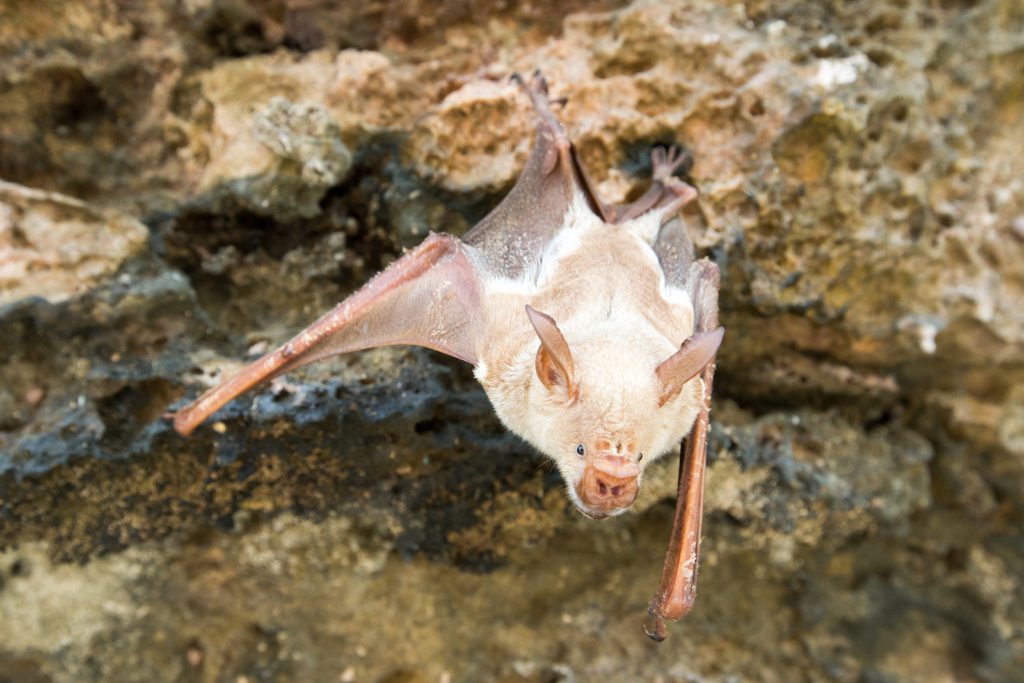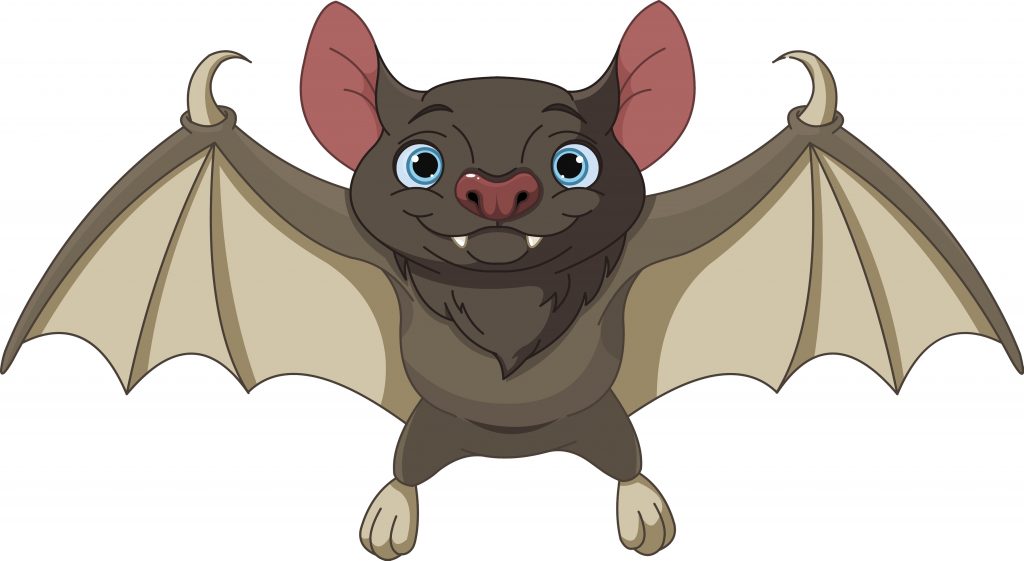In the spirit of the Halloween weekend, let’s talk about the spookiest-known bat species on the planet known as Vampire bats! Actually, Vampire bats are not as scary as their reputation paints them to be, as they are very misunderstood. Many people believe Vampire bats will attack, and possibly even suck their blood! But the truth is that they would never do that, to a human at least. Furthermore, as a Hoosier, you don’t have to worry since you won’t likely find this particular bat species in Indiana. Vampire bats are native to Central and South America, in areas like Mexico, Brazil, Chile, Uruguay, and Argentina.
For some added Halloween fun this year, learn some of these fascinating and frightful facts about the Vampire bat, including how it drinks blood!

Vampire Bat Facts That’ll Make You Shiver
Although there are several creatures on this planet that exhibit traits of a sanguinivorous lifestyle (consuming vertebrate blood), there are only 3 mammals that do so, all of which make up the Vampire bat species. These include the Common Vampire bat (Desmodus rotundus), the Hairy-Legged Vampire bat (Diphylla ecaudata), and the White-Winged Vampire bat (Diaemus youngi). These are Leaf-Nosed that bats feed entirely on blood; a dietary trait called hemotophagy.
But do not fear, they are not after human blood like the movies suggest. Instead, vampire bats consume the blood of other type of mammals. The common vampire bat prefers the blood of cows and horses, while the other two species of Vampire bat feed mostly on pigs, goats, and birds.
Vampire bats do not use echolocation to hunt. They always approach their prey from the ground and hunt at the darkest part of night. They crawl onto their prey and make a small bite with their razor-sharp teeth above a vein. As blood oozes out of the small bite they made, they lap up the blood for up to thirty minutes. This does not hurt the host at all. Some do not even notice.
It’s like giving blood without the lollipop at the end! They have a special chemical in their saliva that acts as an anticoagulant or blood thinner. The chemical prevents the blood from clotting while the bat feeds. Bats also have a special sensor in their noses that detects heat, allowing them to easily locate a reliable vein in their prey.
What to Do About Nuisance Bats
If you have a bat problem near your property, call a wildlife removal contractor for professional bat removal and control services. Never trap, harm, or kill bats. Professionals retain the proper licensing, tools, and training to safely remove bats and prevent their return.
Indianapolis Indiana Bat Removal and Control Service
Call 317-535-4605 for professional, DNR licensed bat removal and control in Indianapolis and Central Indiana. We provide safe and humane solutions for nuisance bat problems on residential and commercial properties. Our DNR licensed contractors provide bat removal, bat proofing, bat cleanup, emergency service, and restorations for bat damages. Call 317-535-4605 to request a free estimate for Indianapolis bat removal services, today.


